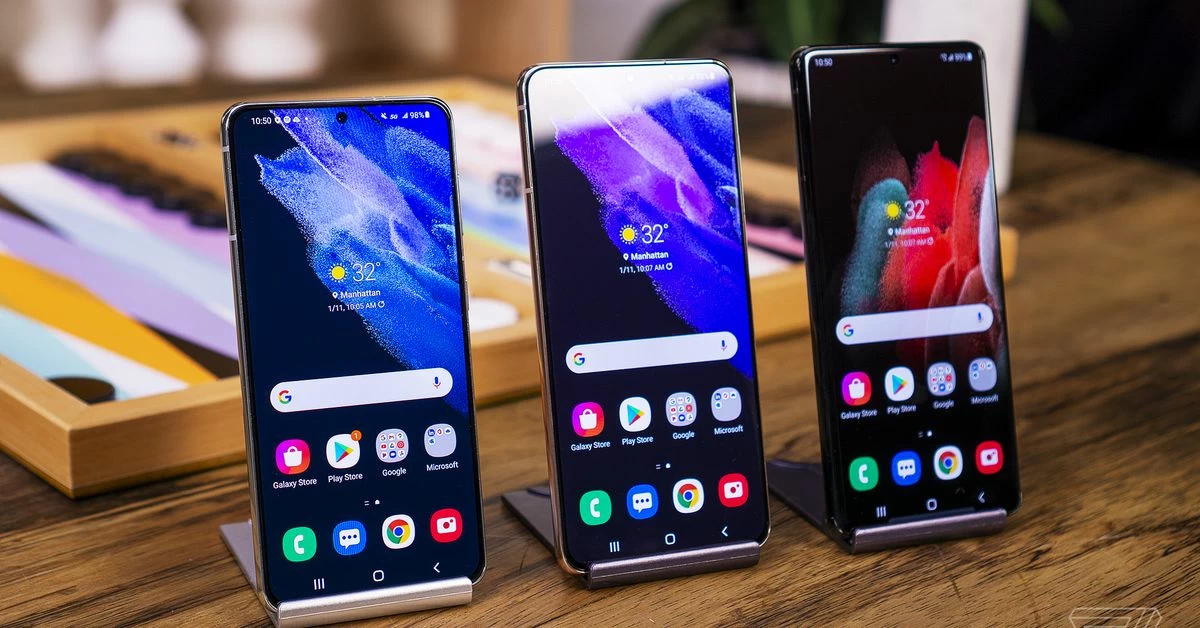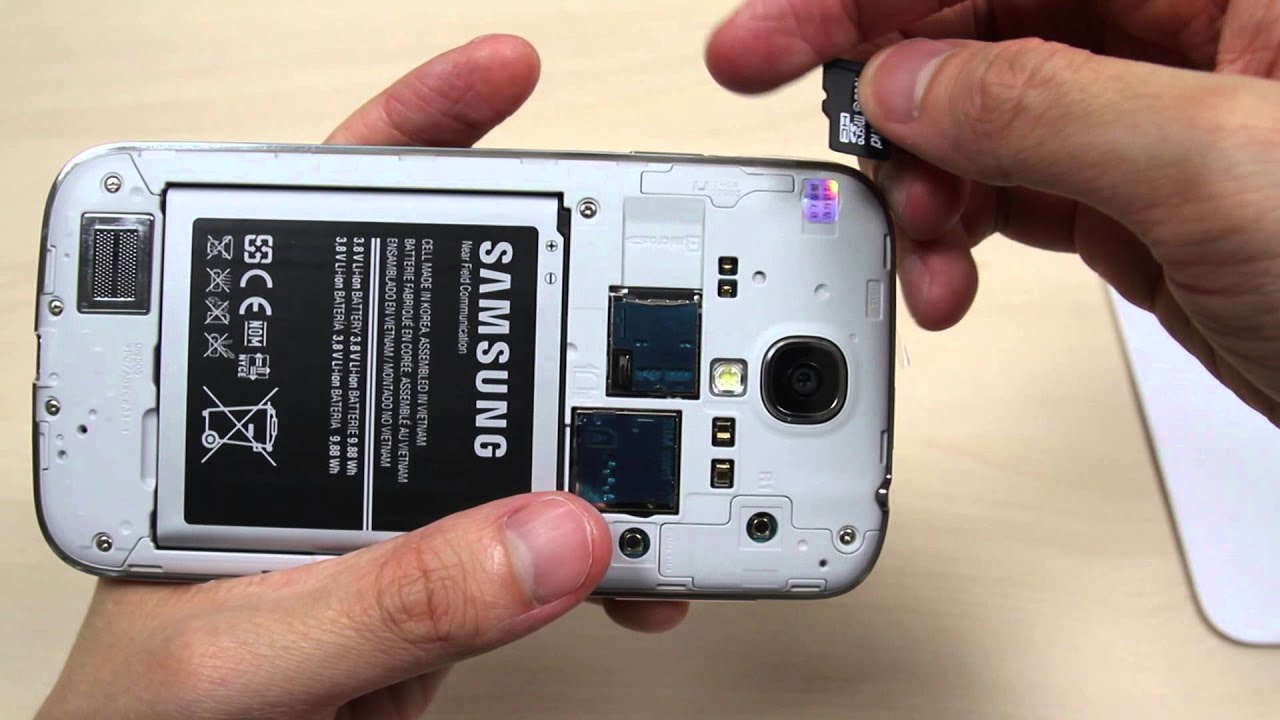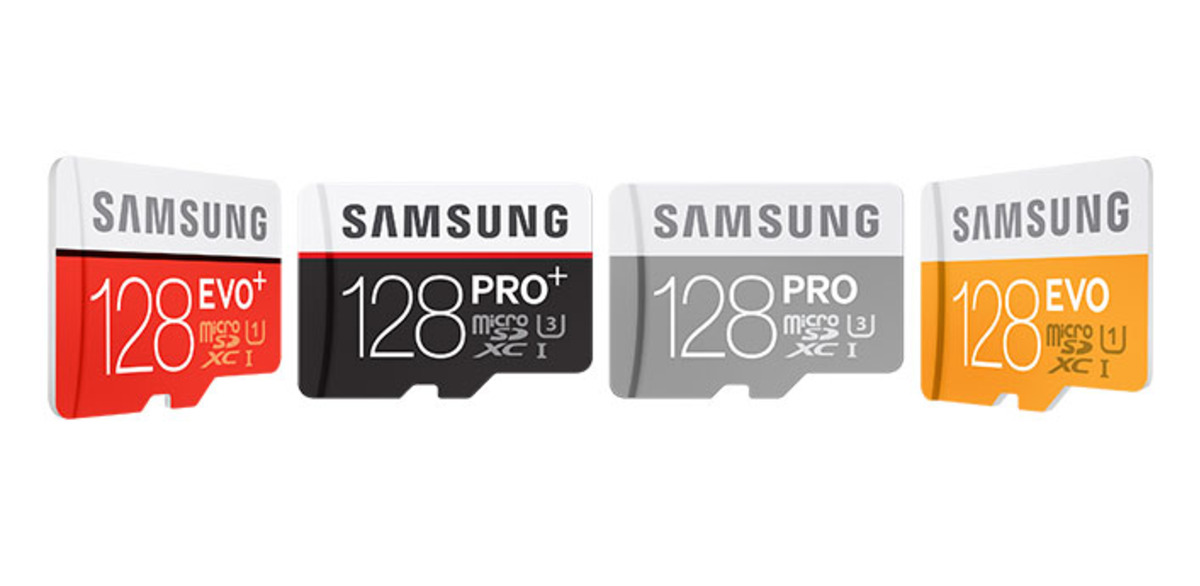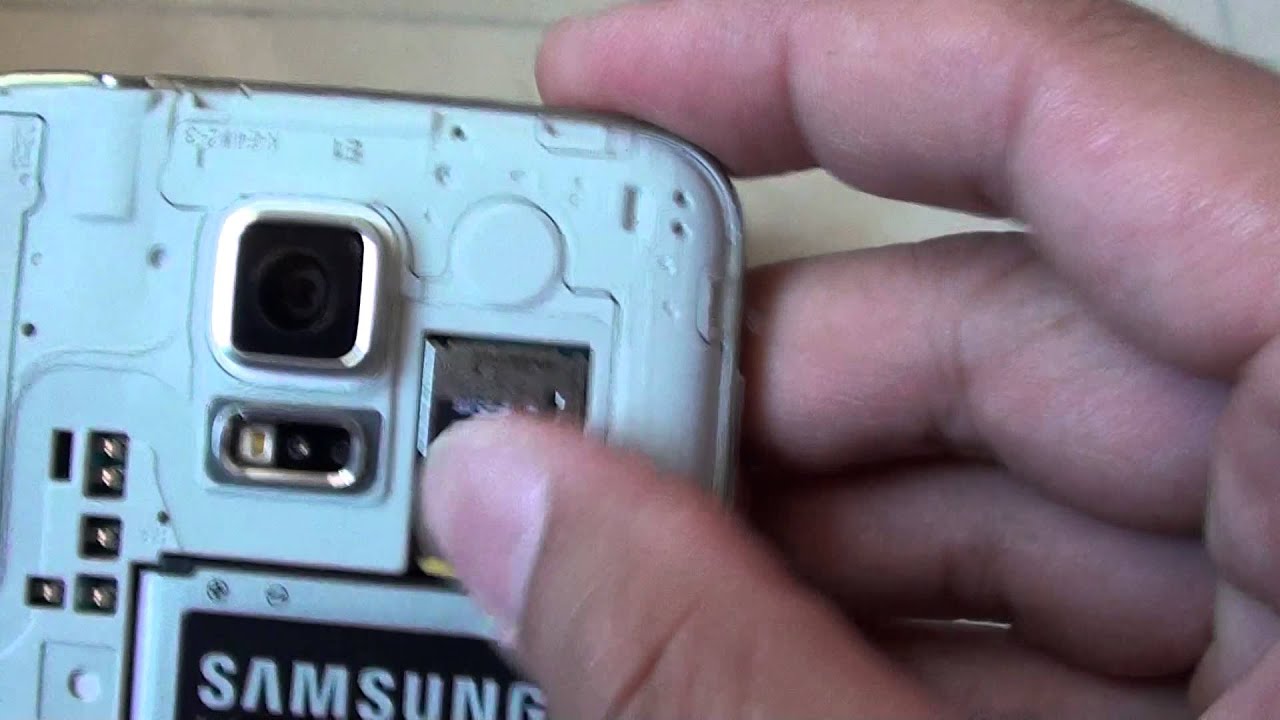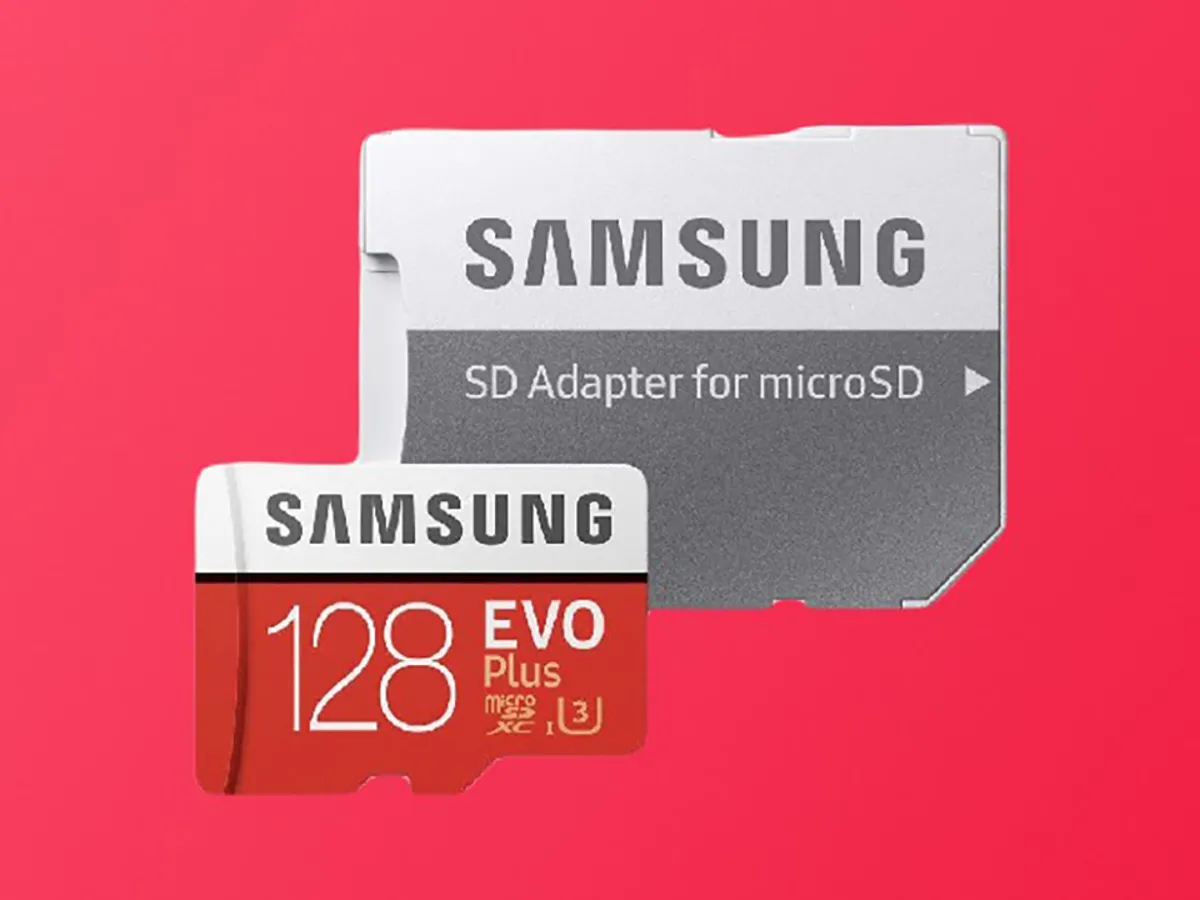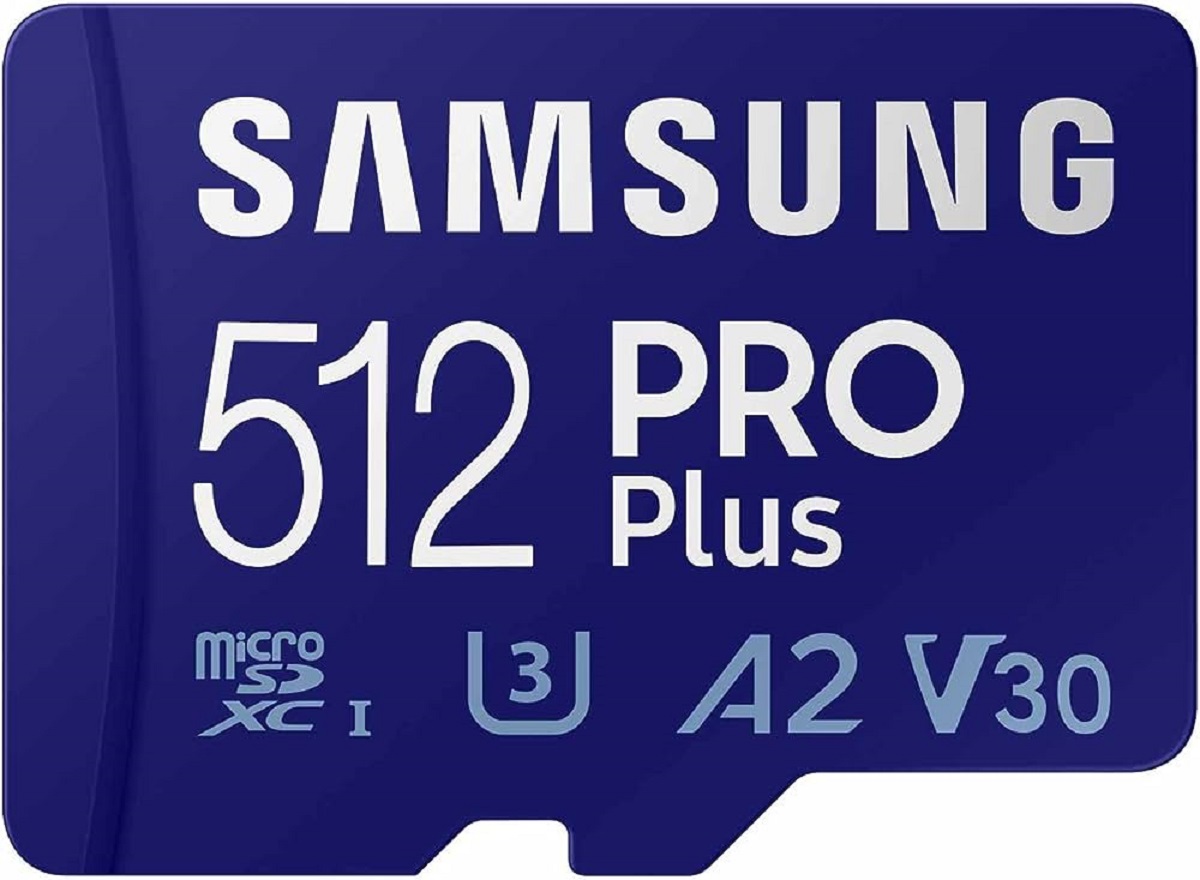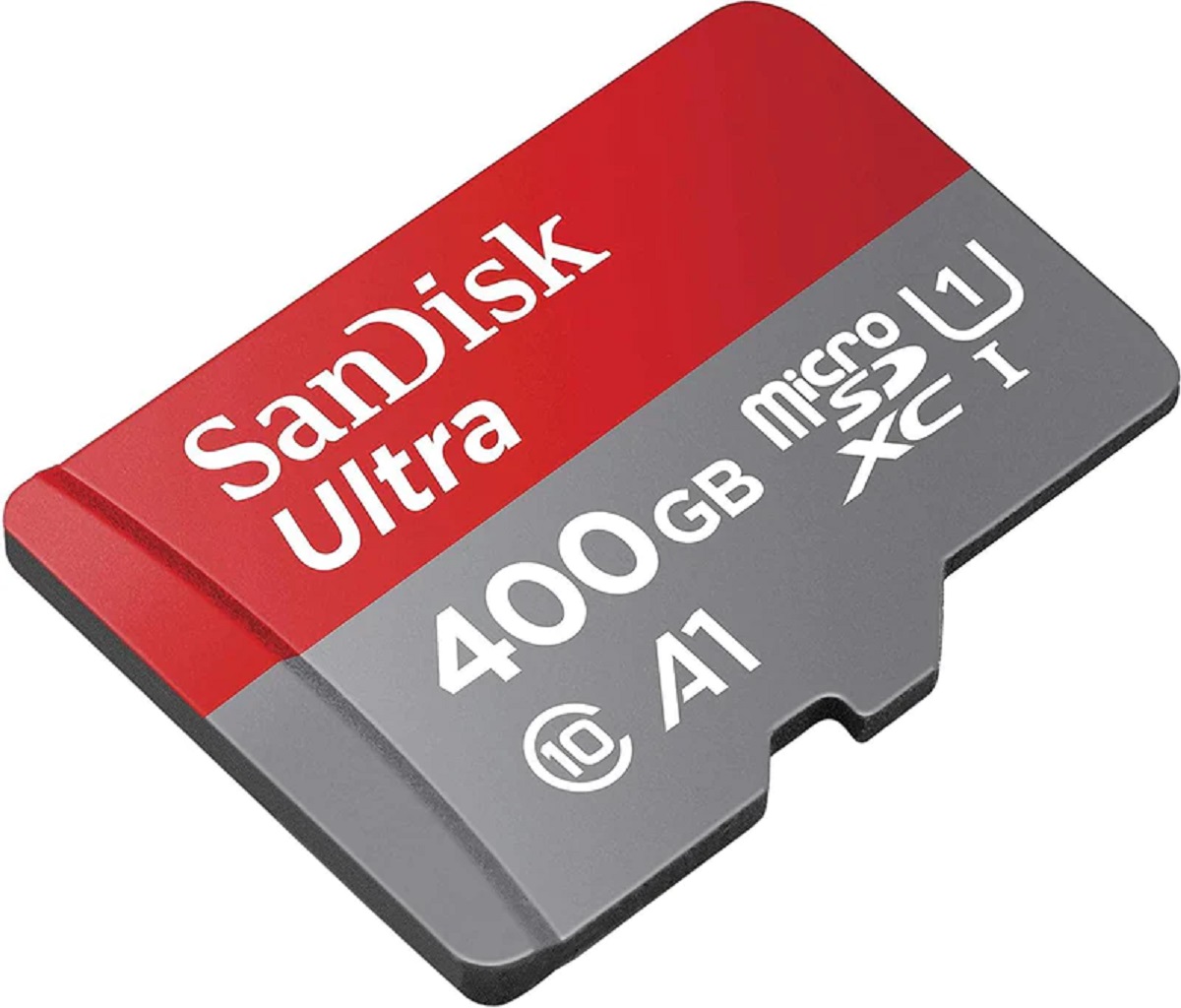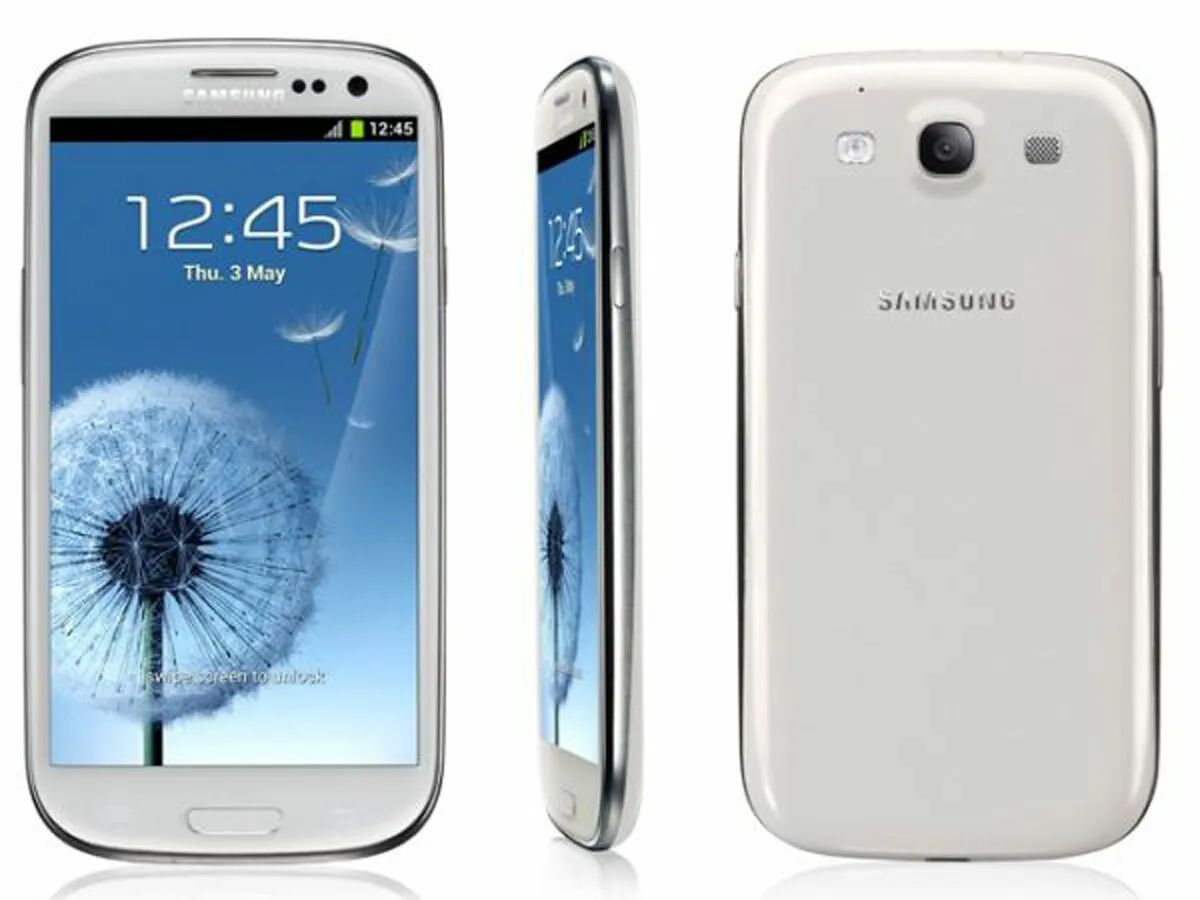Introduction
Samsung is a renowned brand in the smartphone industry, known for its cutting-edge features and innovative designs. One of the key features that users often look for in smartphones is the presence of an SD card slot. SD card slots provide expandable storage options, allowing users to store more photos, videos, and files on their devices. In this article, we will explore the importance of SD card slots in Samsung phones and highlight some of the advantages they offer.
With the increasing demand for multimedia content and the growing size of apps, internal storage alone may not be sufficient to meet the needs of users. This is where SD card slots come into play. They provide an easy and convenient way to expand the storage capacity of a smartphone.
Samsung has a diverse lineup of smartphones, ranging from budget-friendly options to high-end flagships. Some of these models come with SD card slots, whereas others do not. The presence of an SD card slot can greatly influence the buying decision for users who need additional storage space.
Throughout the years, Samsung has continuously evolved its smartphones and incorporated SD card slots in various models. This has allowed users to have more control over their device’s storage capacity and enhanced their overall user experience.
In the following sections, we will explore the Samsung phones that include SD card slots, discuss the advantages of having this feature, provide tips for using SD cards in Samsung phones, and offer guidance on choosing the right SD card for your device. So, if you’re someone who values expandable storage options, keep reading to discover which Samsung phones come equipped with SD card slots!
Why SD Card Slots are Important in Smartphones
In today’s digital age, smartphones have become an essential part of our lives, serving as our primary devices for capturing photos and videos, storing files, and accessing multimedia content. However, the limited internal storage capacity of smartphones can often be a hindrance, especially for users who heavily rely on their devices for various purposes. This is where SD card slots play a pivotal role.
An SD card slot provides the ability to expand the storage capacity of a smartphone conveniently. This allows users to store a larger number of photos, videos, and files without the need to constantly delete or transfer data to free up space. Moreover, users can also install apps directly on the SD card, freeing up valuable internal storage for smoother device performance.
SD card slots are particularly beneficial for photography enthusiasts and videographers. With high-resolution cameras on smartphones becoming increasingly advanced, the file sizes of photos and videos have also significantly increased. Having an SD card slot enables users to store a vast collection of high-quality photos and videos, eliminating the need to compromise on quality or spend money on cloud storage subscriptions.
Another advantage of SD card slots is the ability to seamlessly transfer data between devices. Users can simply remove the SD card from their smartphone and insert it into a compatible device, such as a digital camera or laptop, to access the stored content. This makes it convenient to edit photos or videos on a larger screen or backup important files.
Furthermore, SD cards are affordable and readily available in various storage capacities. Users can choose the card size that meets their specific needs and budget, providing flexibility and affordability when it comes to expanding storage.
In summary, the presence of an SD card slot in a smartphone is crucial for users who require additional storage space. It allows for greater flexibility, convenience, and cost-effectiveness in managing and storing data. With the ability to expand storage capacity and effortlessly transfer files, SD card slots enhance the overall user experience and make smartphones more versatile and useful devices.
The Evolution of Samsung Phones with SD Card Slots
Samsung has a long history of manufacturing smartphones with various storage options to meet the diverse needs of its consumers. Over the years, the company has made significant advancements in incorporating SD card slots into its smartphones, providing users with expandable storage options.
In the early days of Samsung smartphones, most devices had limited internal storage capacities and did not offer SD card slots. Users had to rely solely on the internal storage to store their files and media. However, as demand for expandable storage grew, Samsung recognized the importance of SD card slots and began incorporating them into newer models.
One of the first notable Samsung smartphones to feature an SD card slot was the Samsung Galaxy S series. Starting with the Galaxy S4, Samsung introduced the option for users to insert an SD card to expand the storage capacity of their devices. This feature became a defining factor for users who needed extra storage space for their growing collections of photos, videos, and apps.
As Samsung continued to release new smartphone models, the inclusion of SD card slots became a common feature across its product lineup. The Galaxy Note series, known for its large screens and advanced features, also embraced the inclusion of SD card slots. This made the Galaxy Note devices popular among content creators and power users who required ample storage for their multimedia files.
In recent years, Samsung has faced some criticism for removing the SD card slot from certain flagship models, such as the Galaxy S6 and S21 series. While this move was driven by the desire to create slimmer and more streamlined devices, it sparked debates among users who heavily rely on expandable storage options. However, Samsung continues to release other smartphone models, like the Galaxy A and M series, that still feature SD card slots to cater to users who prioritize expandable storage.
It is worth noting that Samsung has not only incorporated SD card slots into its smartphones but has also supported higher-capacity SD cards. This allows users to take advantage of the latest technology and use SD cards with larger storage capacities, providing ample room for their growing media libraries.
Overall, Samsung has shown a commitment to providing expandable storage options to its users. The evolution of Samsung phones with SD card slots reflects the company’s responsiveness to consumer demands and its dedication to meeting the ever-growing need for more storage space in smartphones.
Samsung Phones with SD Card Slots
Samsung offers a wide range of smartphones, catering to various budget ranges, needs, and preferences. While not all Samsung devices come with SD card slots, there are still plenty of options available for users who require expandable storage. Let’s take a closer look at some of the Samsung phones that feature SD card slots.
The flagship Samsung Galaxy S21 Ultra is one of the latest models that still includes an SD card slot. This powerful device offers a stunning display, top-of-the-line camera capabilities, and the ability to expand storage using an SD card. It allows users to store large quantities of photos, videos, and other files without limitations.
The Galaxy Note series, known for its productivity features and stylus support, also includes models with SD card slots. The Galaxy Note 20 Ultra, for example, features a powerful processor, a massive display, and the flexibility of expandable storage, making it an excellent choice for professionals and creatives who need ample space to store their work files and multimedia content.
For mid-range options, the Samsung Galaxy A52 is a popular choice. This smartphone combines decent performance, a versatile camera system, and the convenience of an SD card slot. It allows users to easily add more storage if the internal capacity is not sufficient, providing flexibility without breaking the bank.
If you’re on a tighter budget but still want the option to expand your storage, the Samsung Galaxy M series is worth considering. Models like the Galaxy M31 and M51 offer competitive specifications, including long-lasting battery life and the inclusion of an SD card slot. These devices are a practical choice for users who prioritize affordability and storage options.
It’s important to note that while some Samsung models currently offer SD card slots, the presence of this feature may vary depending on the region or carrier. It’s always recommended to check the specifications of the specific model you are interested in before making a purchase.
With Samsung’s diverse range of smartphone models, users have the flexibility to choose a device that suits their needs, preferences, and storage requirements. Whether you are a photography enthusiast, a professional, or a budget-conscious consumer, there is a Samsung phone with an SD card slot available to cater to your specific needs.
Advantages of Having an SD Card Slot in a Samsung Phone
Having an SD card slot in a Samsung phone offers several advantages that greatly enhance the user experience and convenience. Let’s explore some of the key benefits of having this feature.
1. Expanded Storage Capacity: The primary advantage of an SD card slot is the ability to expand the storage capacity of a Samsung phone. This allows users to store a larger number of photos, videos, and files without worrying about running out of space on their device. Whether you are a heavy multimedia user or someone who needs ample storage for work-related files, an SD card slot offers the flexibility to store more data.
2. Economical Storage Solution: SD cards provide a cost-effective storage solution for Samsung phone users. Instead of investing in a device with higher internal storage capacity, which can be more expensive, users can opt for a phone with a lower internal storage option and then expand it with a more affordable SD card. This allows users to save money while still enjoying the benefits of more storage space.
3. Flexibility in Managing Data: With an SD card slot, users have greater flexibility when it comes to managing their data. They can easily transfer files between devices by simply removing the SD card and inserting it into another compatible device, such as a laptop or camera. This makes it convenient to edit photos or videos on a larger screen and backup important files without the need for complicated software or cloud storage solutions.
4. App Management: An SD card slot also allows for better app management. Users can choose to install apps directly onto the SD card, freeing up internal storage for smoother device performance. This is particularly useful for users who have a large number of apps or utilize resource-intensive applications that require more space.
5. Switching Between Devices: Having an SD card slot enables seamless switching between devices. If you decide to upgrade your Samsung phone or temporarily switch to a different device, you can easily transfer the SD card to the new device and access your files without the need for complicated data transfer processes. This provides convenience and flexibility, especially for users who frequently switch between devices.
6. Protection Against Data Loss: SD cards can serve as a backup storage option, offering an extra layer of protection against data loss. Users can regularly back up their important files and media to the SD card, ensuring that their data is safe even if something happens to their device. This added peace of mind is invaluable, especially for users who store precious memories or important work-related documents on their phones.
In summary, having an SD card slot in a Samsung phone provides significant advantages in terms of expanded storage capacity, cost-effectiveness, flexibility in managing data, app management, seamless device switching, and data backup. These advantages make SD card slots a highly desirable feature for users who require more storage space and value convenience in managing their files and media.
How to Use an SD Card in a Samsung Phone
Using an SD card in a Samsung phone is a straightforward process that allows users to expand the storage capacity and better manage their files. Here’s a step-by-step guide on how to use an SD card in a Samsung phone:
1. Check compatibility: Before purchasing an SD card, ensure that it is compatible with your Samsung phone. Check the specifications of your device to determine the maximum storage capacity and supported SD card types (e.g., SDHC, SDXC).
2. Insert the SD card: Locate the SD card slot on your Samsung phone. Depending on the model, the slot may be positioned on the side or on the back panel, underneath the battery cover. Use the provided tool (e.g., SIM ejector pin) or your fingernail to gently pry open the slot. Insert the SD card into the slot, ensuring it is properly aligned and inserted fully.
3. Format the SD card: Once the SD card is inserted, the phone may prompt you to format the card. Formatting ensures compatibility and prepares the SD card for use with the device. Be aware that formatting will erase any existing data on the SD card, so it’s crucial to back up any important files before proceeding.
4. Set storage preferences: After formatting the SD card, you can set your storage preferences. Access the phone’s settings and navigate to the storage settings. Here, you can choose how you want to use the SD card. Options may include using it as portable storage, where it can be easily removed and used with other devices, or as internal storage, where the card becomes an extension of the phone’s internal storage.
5. Transfer files: To start utilizing the SD card, transfer files to it. You can do this via various methods, such as using the phone’s built-in file manager, connecting the phone to a computer via USB, or using third-party file transfer apps. Simply select the files you want to move and choose the SD card as the destination location.
6. Manage files: Once the files are transferred, you can manage them using the phone’s file manager or other compatible apps. These apps allow you to create folders, rename files, move files between folders, and organize your data effectively.
7. Safely remove the SD card: If you need to remove the SD card, ensure you do so safely to prevent data loss and potential damage to the card. Go to the storage settings or notification panel of your Samsung phone and select the option to safely eject the SD card. Once the phone confirms that it is safe to remove the card, gently push it out of the slot and remove it.
By following these steps, you can effectively use an SD card in your Samsung phone, enabling you to expand your storage capacity, manage files efficiently, and have greater flexibility in handling your data.
Tips for Choosing the Right SD Card for Your Samsung Phone
When it comes to choosing an SD card for your Samsung phone, there are several factors to consider to ensure compatibility, performance, and optimal storage capacity. Here are some tips to help you select the right SD card for your device:
1. Storage Capacity: Determine your storage needs and consider the amount of data you plan to store on the SD card. SD cards come in various capacities, ranging from a few gigabytes (GB) to several terabytes (TB). Choose a card with sufficient storage to accommodate your files without exceeding your budget.
2. Speed Class: The speed class of an SD card indicates its minimum sustained write speed. For smooth performance, especially when recording high-resolution videos or running resource-intensive apps, opt for Class 10 or higher SD cards. If you engage in activities like capturing 4K videos or continuous burst photography, consider even faster options like UHS Class 3 or V30 cards.
3. Compatibility: Ensure that the SD card you choose is compatible with your Samsung phone model. Check the specifications of your device to verify the maximum supported storage capacity and the types of SD cards it can accommodate (e.g., SDHC, SDXC).
4. Brand and Quality: Stick to reputable brands when buying an SD card to ensure reliability, performance, and longevity. Brands like SanDisk, Samsung, and Kingston are known for producing high-quality SD cards with excellent durability and data integrity.
5. Application Performance Class: If you plan on using your SD card to store and run apps, look for SD cards labeled with the “A1” symbol. These cards are certified to deliver fast app performance and smooth multitasking.
6. Consider the Use Case: Think about how you’ll be using the SD card. If you mainly need it for storing photos and videos, a standard SD card will suffice. However, if you plan on using it for demanding applications like gaming or professional video editing, consider investing in higher-performance cards with faster read and write speeds.
7. Warranty and Customer Support: Check the warranty offered by the SD card manufacturer. A reliable warranty highlights the brand’s confidence in their product’s quality. Additionally, look for good customer support options in case you encounter any technical issues with your SD card.
8. Avoid Counterfeit Cards: Be cautious of counterfeit SD cards that may offer lower prices but provide subpar performance and inaccurate storage capacity. Purchase from trusted sources and verify the authenticity of the card to ensure you’re getting a genuine product.
By considering these tips, you’ll be better equipped to choose the right SD card for your Samsung phone and enjoy expanded storage, reliable performance, and an enhanced digital media experience.
Conclusion
SD card slots in Samsung phones offer a range of advantages, making them a sought-after feature for users who require expandable storage options. The ability to increase storage capacity, cost-effectiveness, flexibility in managing data, and seamless device switching are just a few of the benefits that SD card slots provide.
The evolution of Samsung phones with SD card slots highlights the company’s commitment to meeting the demands of its diverse user base. From the flagship Galaxy S and Note series to the more budget-friendly Galaxy A and M series, Samsung offers a range of options with SD card slots to cater to different needs and budgets.
Knowing how to use an SD card properly is essential to fully utilize its potential. By following the steps outlined in this article, users can easily insert and format an SD card, set storage preferences, and transfer and manage files effectively.
When choosing an SD card for your Samsung phone, consider factors such as storage capacity, speed class, compatibility, brand reputation, application performance class, and warranty. By making an informed decision, you can select an SD card that meets your specific requirements and provides reliable performance.
In conclusion, SD card slots in Samsung phones offer a valuable solution for those seeking more storage space and greater flexibility in managing their files. With the right SD card and proper usage, Samsung phone users can enjoy the convenience, cost-effectiveness, and expanded storage capacity that these slots provide. Whether you’re a photography enthusiast, a professional, or someone who simply needs more storage, the inclusion of an SD card slot in a Samsung phone can greatly enhance your user experience and make your device more versatile and useful.







